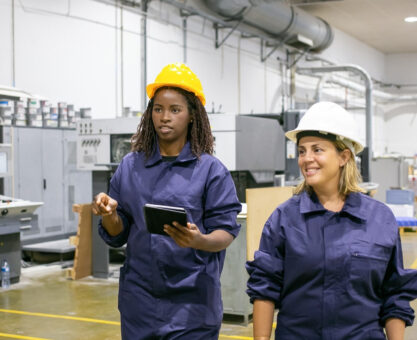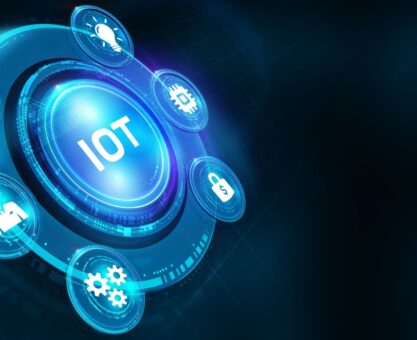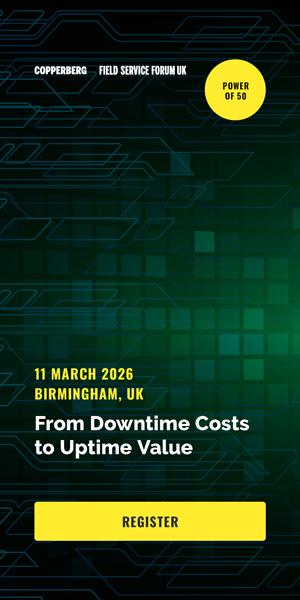BUSINESS CHALLENGE
Increasing performance and safety, while supporting technicians working on wind farms and gas substations
Providing value-added services to more than 16 million customers and with an installed capacity of 15.9 GW and presence in around 20 countries, mainly Spain, Latin America, and Australia, Naturgy stands out as an innovative and sustainable multinational energy group operating in the electricity and gas sectors. Naturgy business model focuses on value creation and is committed to promoting the sustainable development of human society, while ensuring a competitive and safe energy supply with environment as a primary concern. But, how to efficiently support their workforce, while transferring corporate knowledge and increasing performance with special regard for cost savings?
SOLUTION
Hands-free technologies for improving efficiency and safety of technicians and transfer knowledge
Naturgy, through its international subsidiary Global Power Generation (GPG), has selected OverIT as its enterprise remote assistant software provider to support its maintenance staff working in the field in Mexico, Chile, and soon in other locations, allowing them to cooperate with back-office experts and leverage Augmented Reality and collaboration features.
• Augmented collaboration
Augmented Reality and collaboration features for technicians to receive real-time support from senior experts located anywhere
• Hands-free technologies
Smooth hands-free operation even in ATEX environments, using RealWear devices (HMT-1Z1 and HMT-1)
• Digital work instructions
Step-by-step procedures guiding technicians during the task execution to successfully finalize the job assigned
• Knowledge management
Corporate knowledge base storing multimedia data (e.g., videos, photos) collected in the field in case technicians need information on assets or procedures
RESULTS
Increase of safety through hands-free technologies
Improvement of efficiency and reduction of jobs completion time, relying on digital work instructions
Reduction of travel times and costs by using head-mounted devices and adopting Augmented collaboration features
Maximiliano Diaz, Operational and Maintenance Supervisor at Naturgy, of said “We have adopted a top-notch solution for assisting technicians remotely, sharing knowledge in real time, and recording work sessions. The OverIT platform is user-friendly and dynamic, letting us avoid printing checklists when performing field operations. It also increases the visibility of the jobs done and effectively communicates any issues occurred on assets.”
SUSTAINABLE DEVELOPMENT GOALS
Being aware of the growing importance of environmental topics, Naturgy has included the Sustainability Plan with 6 drivers, 21 lines of action, and 74 indicators into the 2021-2025 Strategic Plan as to reach solid objectives in the environmental, social, and governance areas in compliance with the Sustainable Development Goals.To accelerate digital transformation in a struggle for a better world, Naturgy has placed a strong focus on innovation and maintains its leadership position through its ability to adapt, face challenges, and promote energy transition, new business models, and digitalization.The customer commits itself in finding effective solutions to environmental challenges, such as climate change, by promoting energy transition, circular economy, eco-efficiency, and biodiversity, being its final aim to excel in the innovation and development of new businesses keeping an eye on safety and health, social corporate responsibility, and energy vulnerability.In this light, OverIT Next-Gen FSM Platform helps Naturgy strengthen its commitment in achieving the UN Sustainable Development Goals by eliminating manual processes to go paperless, reducing carbon emissions, improving workers’ safety, and fostering innovation across different countries
The OverIT Next-Gen FSM Platform has also contributed to reaching Sustainable Development Goals like:
The generation, transmission, distribution, and retail of electricity and gas are without any doubt processes being nowadays fully recognized and valorized for their importance by people and companies. They ensure the performance of even the simplest acts composing our daily routine, while allowing companies to work effortlessly and play their parts in providing us with services simplifying our life, in an endless circle constantly seeing people’s well-being as the focus of attention. In a sector so strongly linked to our everyday life, Naturgy operates worldwide as a leading multi-utility company guaranteeing regular power supply, while providing a wide range of value-added services and promoting sustainable innovation as a driver of development.
Learn more at https://overit.uk/customers/customer-success-stories/naturgy-augmented-reality-project/















